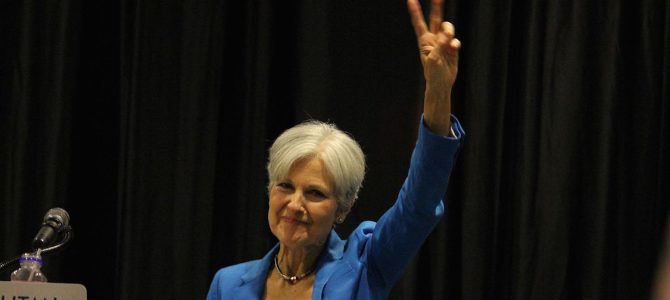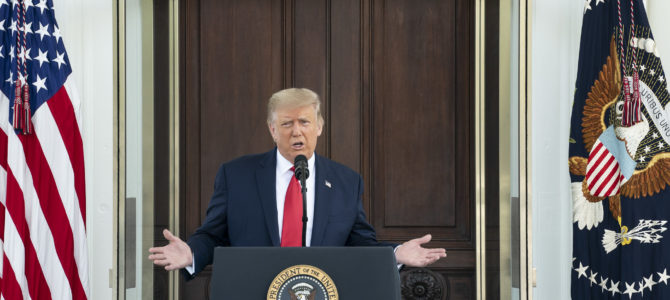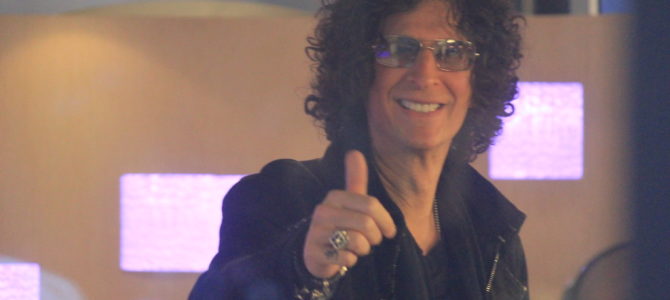
Green Party presidential candidate Jill Stein last week launched a quixotic recount bid in a handful of Midwestern states. As of Tuesday, Stein had raised nearly $7 million to finance lawsuits and recounts in Wisconsin, Michigan, and Pennsylvania, all states Donald Trump won in the November 8 election. Over the weekend, Hillary Clinton’s campaign said it would participate in order to ensure the process is fair.
Nothing will come of Stein’s recount (she earned less than 1.5 million votes nationwide) but her motivations probably have more to do with the future of the Democratic Party than with the outcome of the election, or even the fate of her own party. So far, Democrats’ reactions to their stunning defeat—weeping, riots, #notmypresident trending on social media—suggest the Democratic Party will turn even further to the Left.
That could well mean the Democratic Party turns into something like an enlarged Green Party: popular enough in progressive coastal enclaves, but not a party that can win a national election. In that case, Stein might as well stay in the headlines as long as she can.
Democrats Have Abandoned Working-Class Whites
It’s not all that far-fetched. Democrats have been drifting leftward for years, prioritizing issues like gay marriage and climate change as they reshape their coalition to rely on college-educated urban whites and lower-income black and Hispanic voters. That of course means abandoning working-class whites, whom Clinton lost by a staggering 39 points. Exit polls showed Trump’s margin among this group was the largest of any candidate since 1980.
The lesson Democrats should take away from 2016 is that they need a bigger coalition, one that includes blue-collar whites in the Rust Belt and Appalachia. The lesson they seem to have taken instead is that half the country is racist and sexist, and they don’t want those kind of people in their party.
This shift has been underway for some time. After Bill Clinton’s 1992 victory, Democratic strategists worried that working-class whites were going to abandon the party, and that Democrats couldn’t win national elections without them. Stanley Greenberg, a Democratic pollster and strategist who served as an adviser to Clinton’s ‘92 campaign, wrote a memo in 1995 warning that whites without college degrees were “the principal obstacle” to the president’s reelection. Democratic analysts like Ruy Teixeira agreed, arguing that a failure to bring working class whites back into the fold would doom Clinton’s reelection bid.
As it happened, Clinton did well with those voters, winning a plurality of them in both his elections. But Democrats have struggled ever since. In 2000, Al Gore lost working-class whites by 17 points. John Kerry lost them by 23 points in 2004. Obama also struggled, but improved Kerry’s margin, losing them by only 18 points in 2008.
By the time Obama was preparing to run for reelection in 2012, Democrats had all but given up on working-class whites. As Thomas Edsall noted in 2011, the Democratic analysts who had warned party leaders about the flight of the white working class in the 1990s had changed their tune in the Obama era. Greenberg wrote a 2011 memo with James Carville about the “new progressive coalition,” made up of “young people, Hispanics, unmarried women, and affluent suburbanites.” They made no mention of working-class whites.
That same year, Teixeria penned a report with John Halpin arguing Obama needed to do as well among working-class whites as he did in 2008, or at least keep within Kerry’s margin of loss. One of the “primary strategic questions” of 2012, they wrote, would be, “Will the president hold sufficient support among communities of color, educated whites, Millennials, single women, and seculars and avoid a catastrophic meltdown among white working-class voters?”
Like Clinton, Obama did well enough to win, but the writing was on the wall. Even before the election, Edsall could write with confidence that, “preparations by Democratic operatives for the 2012 election make it clear for the first time that the party will explicitly abandon the white working class.” Instead of appealing to widely shared concerns about the economy, Democrats would build their coalition around identity politics.
No Longer a Party of the Working Class
Obama’s 2012 victory confirmed all this. He did well among rural and suburban whites in the industrial Midwest and Northeast, but the Democrats’ future appeared to be a coalition that had little need for these voters. Democratic leaders accepted the notion that “demographics is destiny”—that growing numbers of minorities, especially Hispanics, meant Democrats could disregard the economic anxieties and fears of working-class whites.
Instead, so the thinking went, a coalition of college-educated urbanites and millennials, together with a strong turnout among minorities, would render working-class whites obsolete. Indeed, they would play virtually no role in Hillary Clinton’s presidential campaign.
Once she secured the nomination in July, Clinton went out of her way to court the supporters of her primary challenger, Sen. Bernie Sanders, whose folksy socialism resonated with a younger cohort of potential Democrat voters. Clinton spent barely any time campaigning in the Rust Belt, assuming the “blue wall” of Pennsylvania, Michigan, and Wisconsin would hold for her as it had for Obama.
But it didn’t, which brings us back to Stein’s recount and the future of the Democratic Party. At the Democratic National Committee’s first post-election meeting, interim DNC leader and erstwhile CNN commentator Donna Brazile was giving “a rip-roaring speech” to staffers when she was interrupted by a young man identified only as Zach. He blamed Brazile and other party leaders for backing a flawed candidate and questioned why they should now trust her to lead the party. Then he said, “You and your friends will die of old age and I’m going to die from climate change. You and your friends let this happen, which is going to cut 40 years off my life expectancy.”
That statement captures precisely the logic of Green Party progressivism. If you really believe that climate change is going to kill you before you grow old, why wouldn’t you take an extreme position on climate policy? Why wouldn’t you be willing to place most of the economy under state control? Why wouldn’t you jail climate deniers? And if you lose an election, why wouldn’t you contest the results or, failing that, resist the incoming administration, even to the point of taking to the streets? After all, the world itself is at stake.
By the same logic, if you believe that most Trump voters must be racists and misogynists, why would you try to bring them back into a coalition based on left-wing identity politics?
Dems Doubling Down on Identity Politics
A recent New York Times column by Columbia University’s Mark Lilla argued that Democrats should walk back their focus on “identity liberalism,” the constant catering to discreet voter groups defined by race, gender, and sexual identity.
Lilla imagines a Democratic Party based on FDR’s famous Four Freedoms speech in 1941: the freedom of speech, the freedom of worship, the freedom from want, and the freedom from fear. By appealing to universal liberal principles, to “Americans as Americans,” Democrats could cast a much wider net, maybe even reassemble the Obama coalition.
But Democrats are unlikely to heed Lilla’s advice. Two of FDR’s four freedoms, the freedom of speech and worship, have consistently drawn the fire of Democrats under Obama. Every single Senate Democrat in 2014 voted to repeal the First Amendment, and Obama’s Justice Department appeared before the Supreme Court more than once to argue that Obamacare’s contraception mandate trumped Americans’ religious freedom.
Identity politics and the policy imperatives of social justice, climate change, and European-style socialism will probably be the guiding light of the Democratic Party and the American Left in the years to come, just as it is for the Green Party today. Slate’s Michelle Goldberg, apparently unconcerned with persuading actual voters, has argued for a confrontational approach: “If Democrats standing up for diversity makes Trump voters feel disrespected, the best response is a slogan popular among enemies of political correctness at Trump rallies: Fuck your feelings.”
Writing and shouting such things no doubt feels good to Democrats reeling from an election loss that’s exposed the weakness of their post-Obama coalition. But if Democrats choose to double down on left-wing talking points and progressive platitudes while ignoring the white working class, then they should get used to lining up behind the likes of Jill Stein and reconcile themselves to a long sojourn in the political wilderness.









